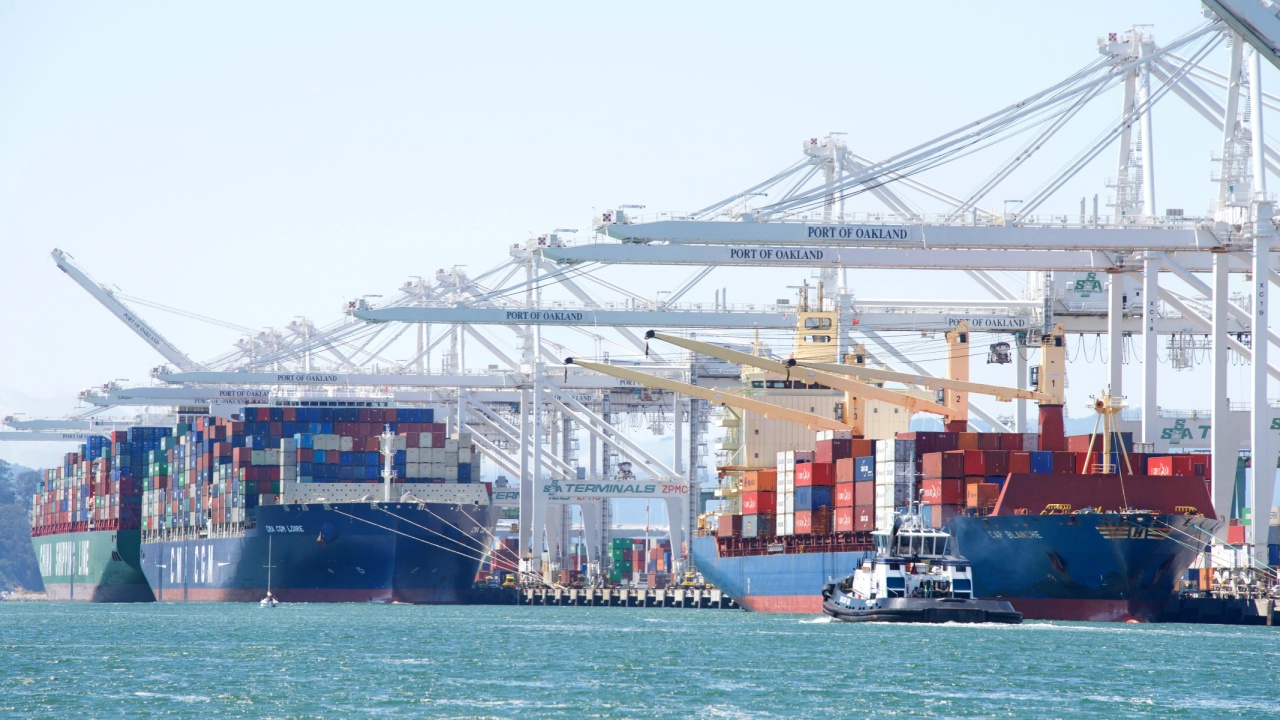
Tariffs are Bad—so Are Non-Tariff Barriers
U.S. trade policy today is a roller coaster, and the only thing predictable about it is its unpredictability.
Tariffs, which Donald Trump once called “the most beautiful word in the dictionary,” constitute the centerpiece of his administration’s trade and economic policies. The tariff theme featured prominently in the president’s State of the Union address on March 4 and represents a clear article of faith for him. The April 2 “Liberation Day” announcement of new sweeping tariffs makes it crystal clear that the president means business.
New U.S. tariffs on goods from Canada, Mexico, and China are estimated to increase tax revenue by $600–650 billion over ten years. The cost to American households in raised prices would be equivalent to a $2,100 tax hike, according to the Tax Foundation.
However, “non-tariff barriers”—impediments to free market commerce that are far more pernicious than tariffs are absent from the discussion on tariffs. These policy-related measures that can restrict trade between countries include quotas, licensing requirements, import bans, subsidies, customs procedures, technical regulations, and standards.
In the global context, non-tariff barriers to trade (NTBs) can increase the cost of trade by raising compliance costs, delaying shipments, and adding layers of bureaucracy. For example, a World Trade Organization report found that NTBs raised global trade costs especially for developing countries and small firms within them. One estimate from 2019 suggested that the cost of NTBs in terms of the lost potential for global trade was as high as $1.4 trillion.
The impact of NTBs on U.S. trade specifically results in increased costs for exports on average. Barriers such as stringent product standards, licensing requirements, and customs procedures can make it more expensive for U.S. firms to export goods abroad. Certain sectors, such as agriculture, automobiles, and pharmaceuticals, are more heavily affected by NTBs.
For instance, U.S. farmers face sanitary and phytosanitary regulations in foreign markets that make it difficult to access these markets, reducing the global competitiveness of U.S. agricultural exports. Additionally, NTBs affect global supply chains by creating additional layers of regulation and inspection. This disrupts the free flow of components and products, increasing the cost of production for U.S. companies that depend on imported raw materials or parts.
Some studies have suggested that NTBs can be more restrictive to overall global trade than tariffs. This is because they are more complex, unpredictable, and difficult to measure. While tariffs are clear, NTBs can be vague or selectively enforced, making them harder for businesses to navigate; they also have higher compliance costs, which harm small and medium-sized enterprises (SMEs) that lack the resources to comply with varying international rules. Unpredictable and subject to discretionary enforcement, NTBs are more effective than tariffs in restricting trade as they can be disguised as necessary regulations. Additionally, NTBs can give domestic companies an unfair advantage by making it more difficult for foreign competitors to enter the market.
The NTB domain shows no sign of abatement, with issues ranging from import quotas and bans to specious technical requirements and weak intellectual property protection. For example, USTR reports that thirty-three markets, including Argentina, China, Mexico, Peru, and Thailand, have inadequate IPR protection with little sign of improvement.
To illustrate, in Brazil, foreign firms may only bid to provide technical services if there are no qualified Brazilian firms. Some of the most obstructive NTBs include China’s technology and data localization requirements, the EU’s food and agricultural import restrictions, and India’s high testing and certification requirements for medical devices.
The resources available to the U.S. government to counter NTBs are trade negotiations and diplomatic pressure, as well as retaliatory measures and enforcement based on Section 301 investigations, specifically countervailing duties and anti-dumping measures if warranted. But here, too, there has not been significant progress.
U.S. trade policy today is a roller coaster, and the only thing predictable about it is its unpredictability. Within this milieu, the sole fixation on tariffs neglects the impacts of non-tariff barriers—impediments that are far worse, for whereas tariff rates can rise and fall based on government whim, NTBs are harder to reverse (witness the EU’s policies on GMOs).
It behooves policymakers in both parties to come together on this one bipartisan commercial issue since the main beneficiaries of trade barrier removal will be their states’ and districts’ exporters.
Jerry Haar is a professor of international business at Florida International University. He is also a fellow of the Woodrow Wilson International Center for Scholars in Washington, D.C., and the Council on Competitiveness.
Jennifer Diaz is a board-certified international attorney and founding partner of Diaz Trade Law in Miami. A frequent contributor to Bloomberg Law, she has served as international president of the Organization of Women in International Trade (OWIT).
Image: Sheila Fitzgerald / Shutterstock.com.